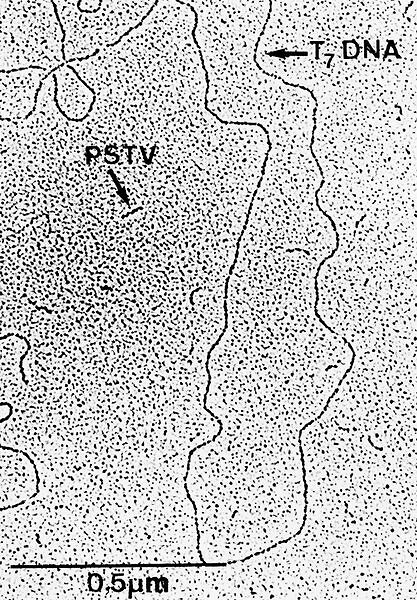Prof. Ricardo Flores - Viroids: the ultimate parasites at the frontier of life

Date
Location
Description
Despite their name, viroids are structurally, functionally and evolutionarily independent of viruses. Viroids are exclusively composed by a small, circular RNA of just 250-400 nucleotides (one order of magnitude lower than the smallest viral genomes), without protein-coding ability (all viruses encode in their genomes one or more proteins). Notwithstanding such minimal size, viroids can infect and replicate in certain higher plants. Furthermore, some viroid RNAs display catalytic activity, that is, they contain ribozymes (of the hammerhead class) that mediate their replication. This last property, together with their structural simplicity, has led to consider viroids as molecular fossils of the «RNA World» presumed to have preceded our present-day world base on DNA and proteins. Therefore, viroids seem to fulfill the paradigm that the simplest is the oldest. In addition to their academic interest, viroids incite diseases in plants economically relevant and, consequently, they also have an applied side. Pathogens of this class have not been described so far in animals, although the RNA of human hepatitis delta virus shares remarkable parallelisms with viroids. (Image: Electronic micrograph of a mixture of purified preparations of potato spindle tuber viroid RNA and phage T7 DNA (Diener, 1979).)
Subscribe to the OIST Calendar: Right-click to download, then open in your calendar application.



